The San Juan Islands, clustered in the Salish Sea between Vancouver Island and Washington State, have naturally developed over countless years, tranquil coves, stunning views, unspoilt landscapes and sheer “get away from it all” retreats. Mainland visitors, who become converts, have gradually settled there permanently or built weekend hideaways, leaving the Big Bad City far behind. Their ultimate goal: to enjoy a pace of life far more genteel.
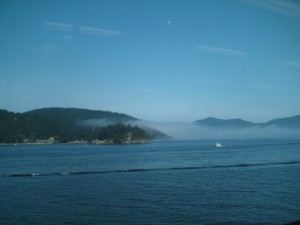 San Juan, Lopez, Orcas and Shaw are the largest in a group of around 176 named islands. Of these, 15 are serviced regularly by the distinctive white and green Washington State ferries. Ferries which allow a sedate meander through calming waters, proving beyond all doubt, that getting there is part of the fun. But what is the strange and powerful formula which attracts numerous travelers time and again? It is true that each island has its own individual character and charm, both geographically and via its inhabitants. But, my theory, and it’s one which has lasted some 40 years – and counting – is that every experience, encounter, view or journey creates and leaves such a lasting impression, it simply becomes impossible to forget. Such is the magic of this peaceful archipelago.
San Juan, Lopez, Orcas and Shaw are the largest in a group of around 176 named islands. Of these, 15 are serviced regularly by the distinctive white and green Washington State ferries. Ferries which allow a sedate meander through calming waters, proving beyond all doubt, that getting there is part of the fun. But what is the strange and powerful formula which attracts numerous travelers time and again? It is true that each island has its own individual character and charm, both geographically and via its inhabitants. But, my theory, and it’s one which has lasted some 40 years – and counting – is that every experience, encounter, view or journey creates and leaves such a lasting impression, it simply becomes impossible to forget. Such is the magic of this peaceful archipelago.
This scenic voyage begins with a truly stunning sight. A sight you can witness from the westside of San Juan Island at around 8.30 most summer evenings. Mother Nature displays one awesome sunset. I can truthfully say that to witness such naturally amazing depths of colour in such peaceful surroundings is a positively spiritual experience. As the sun sinks over Vancouver Island, the tips of any clouds turn to molten gold and the sea becomes tinged with peach and lilac hues. Stand and capture on film. You’ll never forget it.
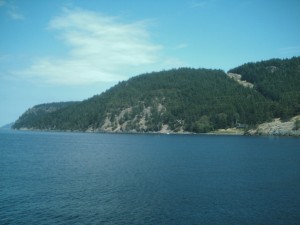 Travel a little further down the San Juan coastline to American Camp’s southern flank, and you’ll discover South Beach in the island’s National Historic Park. The beach stretches for some 2 miles and is around 7 miles from Friday Harbor. It’s here, that countless logs and driftwood have floated ashore over the years, as a constant reminder of near neighbour, British Columbia’s logging industry.
Travel a little further down the San Juan coastline to American Camp’s southern flank, and you’ll discover South Beach in the island’s National Historic Park. The beach stretches for some 2 miles and is around 7 miles from Friday Harbor. It’s here, that countless logs and driftwood have floated ashore over the years, as a constant reminder of near neighbour, British Columbia’s logging industry.
Look southwards, towards the Olympic Peninsular, across Haro and Juan De Fuca Straights and if the conditions are right, a ghostly sea mist often appears. Rising majestically above this, The Olympic Mountains form a natural backdrop. If you’re fortunate, the area is home to wild foxes, searching for food or just surveying their territory. And if luck is really on your side, pods of orcas sometimes pass up and down the channel. To the south and southwest of South Beach, across the Straight, Whidbey Island and Port Townsend are often visible and on very clear days, Mount Rainier.
A sight completely indigenous to the region as a whole, is Mt. Baker. This distinctive landmark rises almost 11,000 feet and is the sixth highest mountain in the Cascade Range and fourth highest in Washington State. As a volcano, it comes a close second to Mount St. Helens, in terms of activity. It has become such a well known monument when viewed from the islands, that even on cloudy days, when it disappears from view, the local islanders can show you exactly where it is on the mainland. Somehow, this solid guardian is able to convey a feeling of comfort, familiarity and a strong sense of home to inhabitants and visitors alike.
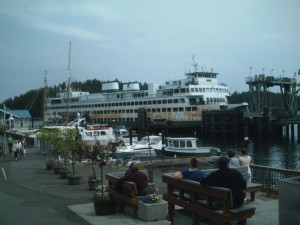 Understandably, the scenic splendours are not just reserved for San Juan Island. Hop aboard a ferry from Friday Harbor and head towards Orcas Island, the largest in the group. The island has a population of around 4,500 and though slightly bigger than San Juan, it has less inhabitants. The townships of West Sound, Deer Harbor, Doe Bay, Rosario, Orcas and Olga all cater for overnight stops. Doe Bay and Olga, on the less crowded East side, are generally quieter. Olga has an art gallery where local artists put their work up for sale.
Understandably, the scenic splendours are not just reserved for San Juan Island. Hop aboard a ferry from Friday Harbor and head towards Orcas Island, the largest in the group. The island has a population of around 4,500 and though slightly bigger than San Juan, it has less inhabitants. The townships of West Sound, Deer Harbor, Doe Bay, Rosario, Orcas and Olga all cater for overnight stops. Doe Bay and Olga, on the less crowded East side, are generally quieter. Olga has an art gallery where local artists put their work up for sale.
There are also studios for works in glass and pottery. Orcas Island is also home to Mt. Constitution, the highest point in the San Juan Islands at over 2,400 feet. It is a superb vantage point for 360 degree views of the region. The mountain is part of the Moran State Park, and by car, takes around 15 minutes to reach its summit. Moran State Park itself – over 5,000 acres in size – caters for the great outdoors with fishing, swimming and kayaking. It has many beautiful waterfalls, trails for walking, hiking and biking as well as a campsite.
The third largest in the group is Lopez Island. This is a very popular destination for bikers as it is also one of the flattest. Its locals often wander along its narrow roads and wave at every pedestrian, motorist or cyclist encountered – a long established island custom. Visit Fisherman’s Bay on July 4th and the island – like San Juan and Orcas- plays host to its own fireworks display. For all history buffs, the island has its own Historical Museum catering for and preserving the regional history of both it and the other islands in the group. Artifacts are on show which reflect the island’s long standing contribution to farming, fishing and all things maritime. Lopez has many quaint and quiet B&B establishments, its own vineyard as well as one hotel and resort. It also has its own local FM radio station – KLOI-LP.
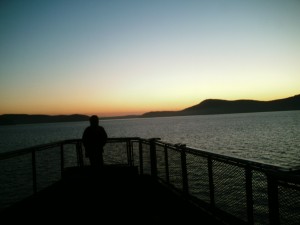 Nestled between these three is the smallest, and least populated – Shaw Island. Inhabited by less than 200 people, the islanders have resolved to keep their island quiet and uncluttered. However, for travelers who enjoy nights under canvas, Shaw does offer campsite services at the 64 acre Shaw Island County Park. The facilities for the dozen campsites are fairly basic but the views available are definitely worth staying for.
Nestled between these three is the smallest, and least populated – Shaw Island. Inhabited by less than 200 people, the islanders have resolved to keep their island quiet and uncluttered. However, for travelers who enjoy nights under canvas, Shaw does offer campsite services at the 64 acre Shaw Island County Park. The facilities for the dozen campsites are fairly basic but the views available are definitely worth staying for.
Try to arrive early enough to ensure a pitch, as there are no alternative lodging services available. The Island’s Historical Museum allows visitors a glimpse into the areas past, tracing its history from its earliest days as a fishing camp. Shaw, despite its compact size, affords exquisite views from a tranquil setting and it is this complete slowdown which attracts visitors time and time again.
The San Juan archipelago lays out one very rich tapestry of peace and tranquility. It becomes so understandable why the region has been a major tourist attraction for so long. The islands are easy to get to, with an ideal location. The scenery is stunning and the benefits to both body and soul are infinite. When you’ve visited once, I guarantee you’ll become a lifelong convert.
Simply visit www.visitsanjuans.com and allow the region to draw you in.

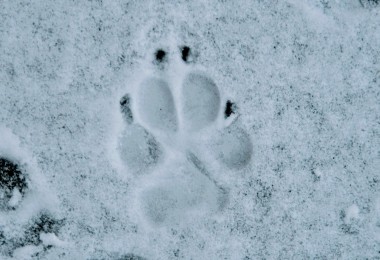
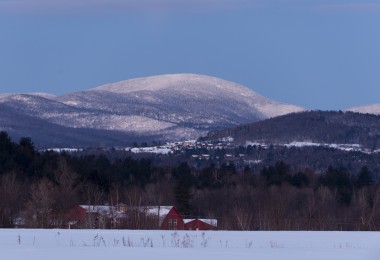
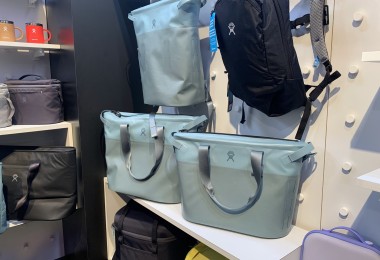
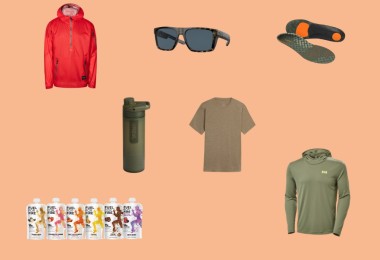

Leave a Comment